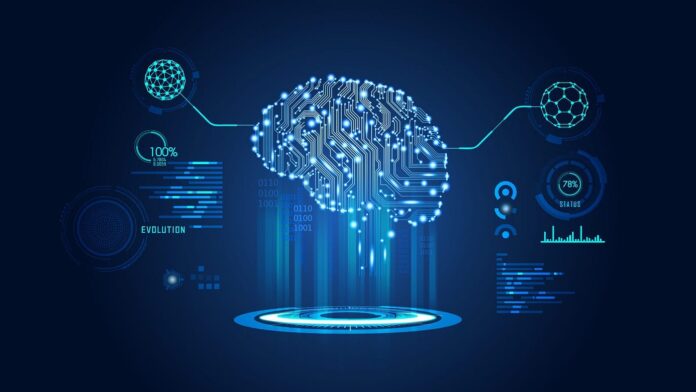The landscape of healthcare is undergoing a paradigm shift, driven by the emergence of Artificial Intelligence (AI). This powerful technology has the potential to revolutionize how we detect and manage diseases, ushering in an era of proactive healthcare and improved patient outcomes. This blog explores the transformative potential of AI in early disease detection, highlighting its advantages, and contrasting it with the concerning realities of a future without this technology.
Many diseases, like cancer or cardiovascular ailments, often progress stealthily in their early stages. By the time symptoms manifest, the disease may have already advanced significantly, compromising treatment efficacy. Early detection is paramount, and this is where AI excels. Traditional methods often rely on self-reported symptoms or physical examinations, which can miss crucial signs in the initial phases.
AI algorithms function as tireless assistants to healthcare professionals, meticulously analyzing vast troves of medical data. This data encompasses medical images (X-rays, MRIs), laboratory results, genetic information, and even electronic health records. By recognizing subtle patterns and trends in this data that might elude the human eye, AI can identify individuals at high risk for developing specific diseases, even before symptoms arise.
Benefits of using AI-Powered Early Disease Detection
Earlier Intervention: Early detection empowers prompt intervention, often leading to more successful treatment outcomes. This can significantly improve patient survival rates and enhance quality of life. Consider the case of oncological diseases like breast cancer. Early detection allows for minimally invasive procedures and targeted therapies, resulting in better prognoses and a higher chance of complete recovery.
Personalized Medicine: AI can tailor disease detection strategies based on individual risk factors. Analyzing genetic data, family history, and lifestyle habits, AI can identify individuals with a higher predisposition to specific diseases. This personalized approach allows for targeted screening and preventive measures. For instance, if someone has a family history of coronary artery disease, AI can analyze cholesterol levels, blood pressure, and other factors to assess their risk and recommend lifestyle modifications or preventive medications.
Reduced Healthcare Costs: Early detection can prevent the development of more advanced stages of disease, which are typically more expensive to treat. Early intervention through AI-powered detection can translate to significant cost savings for both patients and healthcare systems. Consider chronic diseases like diabetes. Early detection allows for better management of blood sugar levels, potentially preventing complications like blindness or amputations, which are costly to treat.
Enhanced Public Health Management: AI can analyze population health data to identify areas with high disease prevalence. This allows for targeted public health initiatives and preventive measures to address potential outbreaks. By analyzing trends in electronic health records or social media data, AI can identify potential outbreaks of infectious diseases earlier, allowing for quicker intervention and containment measures.
A Sobering Look: without using AI
Delayed Diagnoses: Without AI’s ability to detect early signs of disease, diagnoses may be delayed until symptoms become evident. This can lead to poorer patient outcomes and potentially higher mortality rates. Consider a scenario where a tumor is overlooked on an X-ray due to human oversight. By the time the tumour is large enough to cause noticeable symptoms, it might be in a more advanced stage, reducing treatment options and chances of successful recovery.
Limited Treatment Options: Advanced stages of disease often come with limited treatment options, compromising patient well-being and reducing the chances of successful treatment. Early-stage cancers can often be treated with less aggressive therapies like surgery or radiation, while advanced stages might require a combination of therapies with harsher side effects.
Strained Healthcare Systems: Late-stage interventions are typically more resource-intensive, placing a significant burden on healthcare systems. This can lead to longer wait times for treatment, limited access to care, and increased costs as healthcare systems struggle to keep pace with the demand for complex and expensive treatments.
Missed Opportunities for Prevention: Without AI-driven insights into disease risk factors, preventive measures may be less targeted and potentially less effective. AI can analyze vast datasets to identify common risk factors associated with various diseases. This knowledge can then be used to develop targeted public health campaigns or educational initiatives to promote healthy lifestyles and early detection practices.
